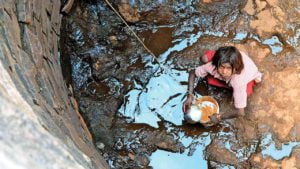The Renaissance was a period of great social and cultural change in Europe. From the late 14th to the late 16th centuries, artists experimented with new techniques in order to create a realistic style of paintings known as Renaissance Art.
The Renaissance period began in the 14th century and lasted until the 16th century in Italy and much of Europe. During the 19th century, the term “renaissance” was coined to describe this time period and its associated artistic style. Renaissance people, on the other hand, saw themselves as distinct from their Medieval counterparts, because they tried to imitate the Ancients in art and architecture, according to a variety of texts that have survived.
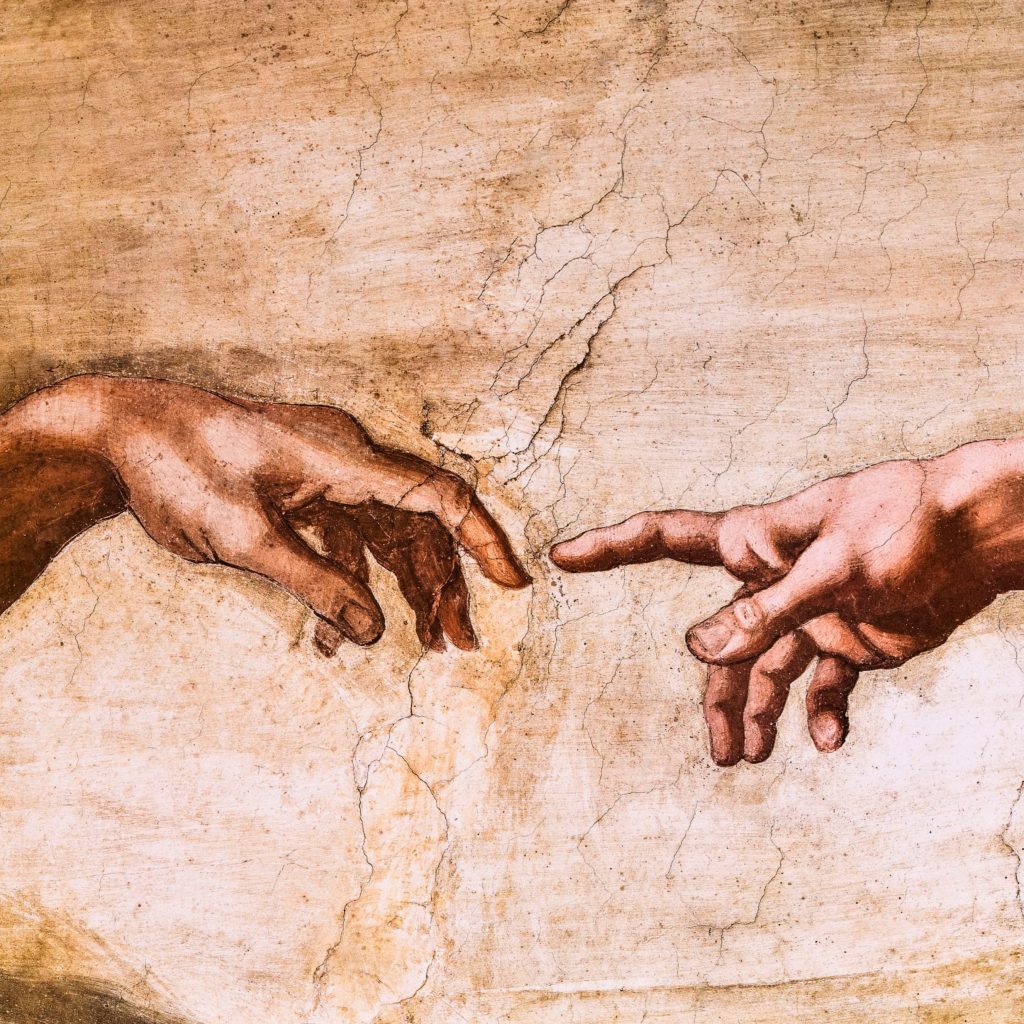
What is Renaissance?
Though we often use the term “renaissance” to refer to a general revival, the Renaissance refers to the period between 1400 and 1600 when ancient Greek and Roman ideas and culture were reintegrated into contemporary European culture. Thus, in many ways, the Renaissance differed from the Middle Ages.
The Evolution of Humanism
In the 14th and 15th centuries, humanism was a significant new development that involved the study of surviving ancient Greek and Roman texts on philosophy, politics, culture, and language. The seven liberal arts—grammar, logic, rhetoric, arithmetic, music, geometry, and astronomy—as well as several other topics that would become central to Renaissance thought, such as literature, history, and moral philosophy—were all covered in a humanist education. In fact, the “humanities” had become an important part of a well-rounded education.
Classical art’s influence
The primary goal of this art was to imitate and improve on classical models. The late 14th-century Italian Renaissance sparked a worldwide interest in ancient Greek and Roman art, which quickly spread across Europe.
History in a Nutshell
The word renaissance is derived from the Italian word rinascita, which means “rebirth”. The term was coined in the 16th century. It describes the widespread revival of classical culture that swept Europe from the late 13th to the late 16th centuries. This epoch in art history is usually divided into three distinct periods.
Late 13th–early 14th century:
Proto-Renaissance:
Art historians classify artists like Giotto, Cimabue, and Duccio as part of the Late Gothic or Proto-Renaissance period. These artists stood out from other medieval painters by depicting human emotions in their subjects. Their work frequently depicted groups of figures from various perspectives: the profile, the three-quarter view, and the back. There was a break between the Proto-Renaissance and the Early Renaissance in the 14th century due to the plague and civil war.
Early Renaissance:
Merchant families such as the Medicis of Florence amassed significant wealth through banking and international trade during the fifteenth century. Patronage of the arts became a way for them to demonstrate their power to the rest of the world. Masaccio, Sandro Botticelli, Domenico Ghirlandaio, Donatello, Fra Angelico, and Fra Filippo Lippi, for example, placed religious figures like the Madonna in earthly settings, creating the illusion of depth by including landscape into the backgrounds of their paintings. Thus, their figures appeared to be three-dimensional in a naturalistic way.
Also read Ideas For Crafts You Need To Check Out!
High Renaissance:
The art of Michelangelo and Leonardo da Vinci, who had a thorough understanding of human anatomy’s proportions and musculature, defined the High Renaissance. Figures in High Renaissance paintings and frescoes frequently move gracefully and elegantly through space. They sometimes strike complex poses that highlight the beauty of the human form. These artists fully incorporated the illusionistic tools of linear and atmospheric perspective into their artistic practice. Thus, the result was, formally and compositionally perfect images where their elegant figures appear in a perfectly accurate and convincingly deep space. Mannerism, a style that incorporated Renaissance techniques but rejected naturalism in favour of exaggeration, arose as a result of their influence
Also read How to Make Easy Acrylic Paintings?
Techniques of Renaissance Artists
The Renaissance in visual art can be deduced from a number of key compositional elements. Art becomes more naturalistic as a result of creating illusionistic form and space. As a result, it takes a closer look at nature and the reality of the human experience. The illusion of three-dimensional space becomes increasingly important to artists.
- Chiaroscuro is a painting technique that contrasts light and dark that was developed during the Renaissance period.
- Anatomy and drawing the human figure using live models became an important part of Renaissance artistic training.
- Renaissance artists used foreshortening, orthogonal lines, and vanishing points to create the illusion of depth on a two-dimensional surface.
- The concept of diminishing scale, which states that the further we are away from an object, the smaller it appears, was first used in painting during the Renaissance.
- Lastly, painters in the Renaissance used atmospheric perspective to create depth by using lighter, less intense colours for far-away objects.
5 Known Artists
Leonardo da Vinci
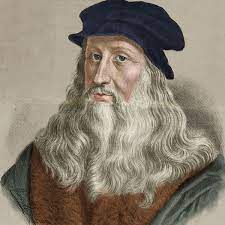
Raphael
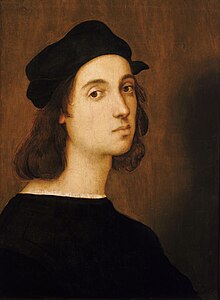
Albrecht Dürer
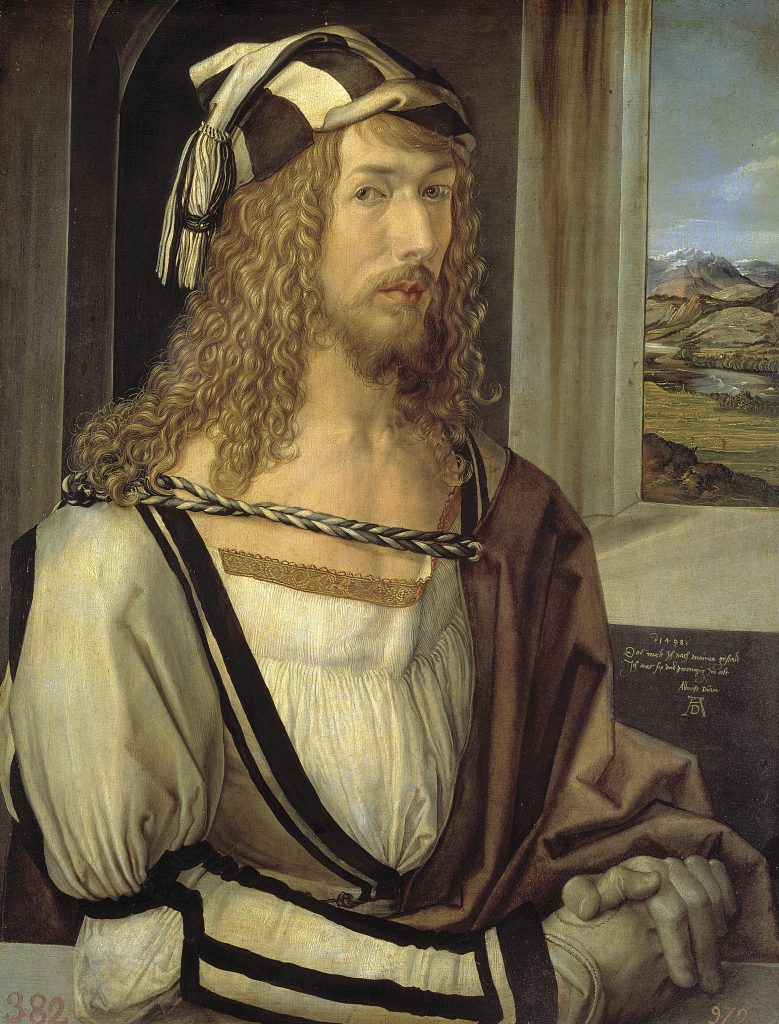
Michelangelo
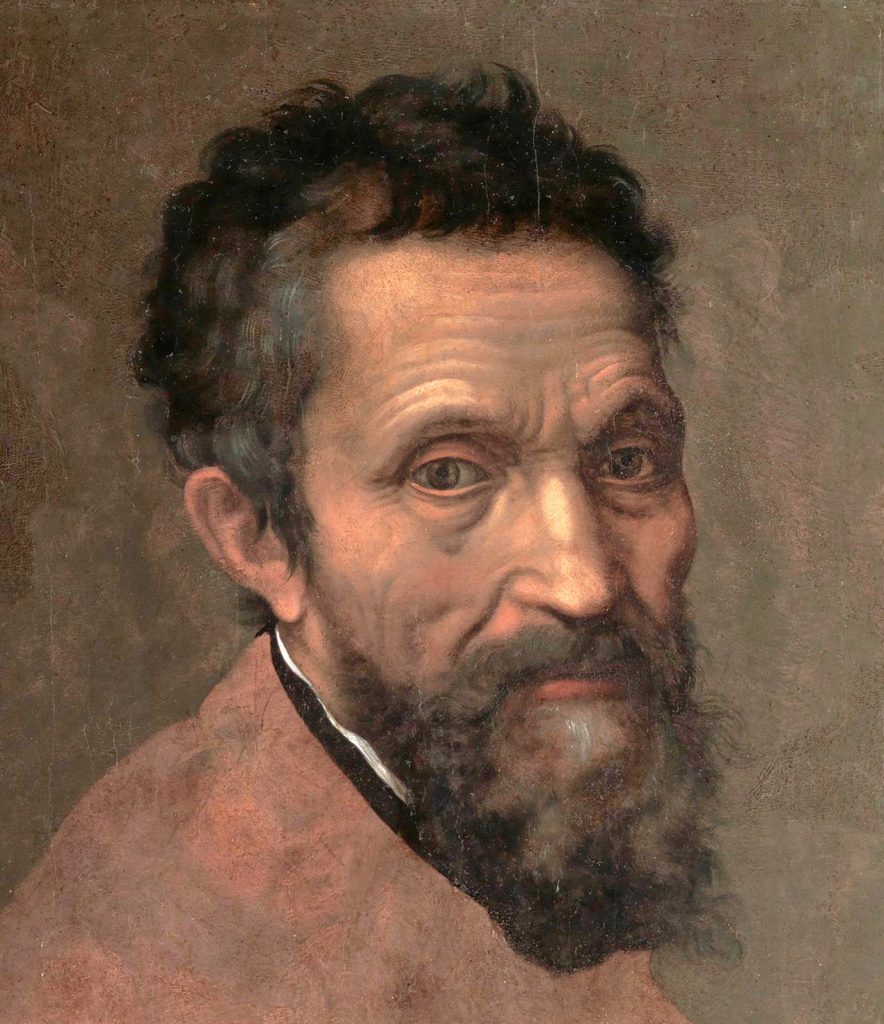
Titian

Known Paintings and Sculptures
The Birth of Venus by Sandro Botticelli

The Last Supper by Leonardo da Vinci
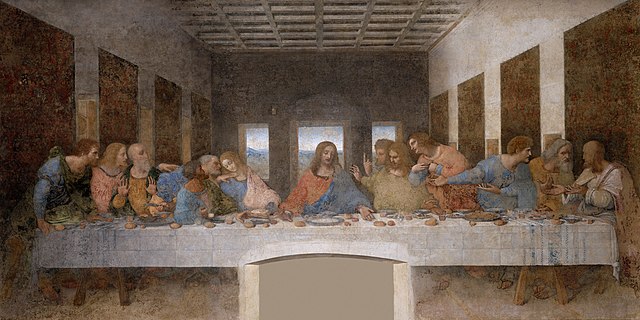
Sistine Chapel ceiling frescoes by Michelangelo
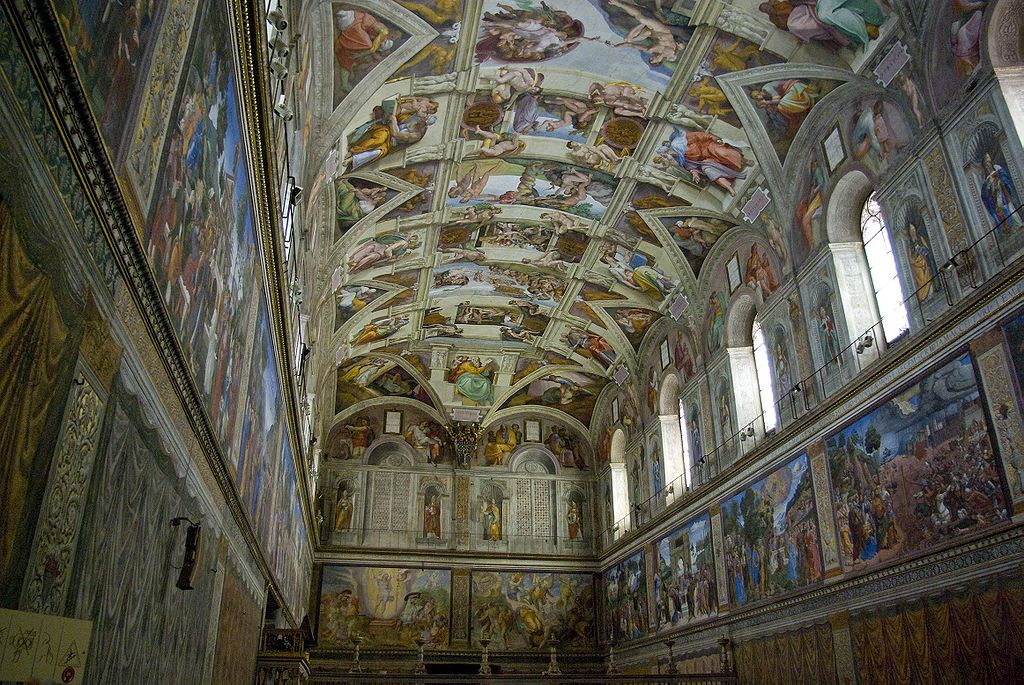
The School of Athens by Raphael

Final Thoughts
Around the 1520s, as the Renaissance faded as Europe’s primary cultural and artistic movement, the art movement known as Mannerism emerged. Artists thought the Italian High Renaissance had accomplished everything it could, so they didn’t try to improve on it. Instead, artists developed a new style that was more expressive, asymmetrical, and unaffected by the Renaissance painters’ obsession with perfection and proportions.
We are all aware of the Renaissance era’s significance in European history, as well as the age of innovation and enlightenment that it typifies. Moreover, from pop culture revivals to originals housed in art galleries across Europe, the art from this period is still with us today.
For more such informative articles, stay on board with us on our blog!
Share with your friends



